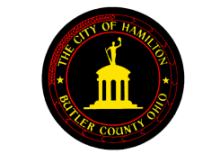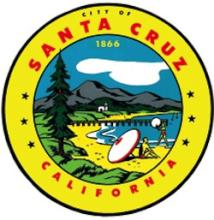P3 between Westminster and Ting is “Community Broadband Innovative Partnership of the Year”
The National Association of Telecommunications Officers and Advisors (NATOA) recently named the public private partnership (P3) between the City of Westminster, MD and Ting Inc. as 2015’s “Community Broadband Innovative Partnership of the Year.” NATOA will officially honor the partnership at their Community Broadband Awards ceremony in San Diego this week.
In a press release NATOA praised the P3 “...for showcasing an entirely new approach in public private partnerships to reach the common goal of bringing next generation fiber broadband to communities while demonstrating the possibility of creative solutions.” In Ting’s own press release announcing the award, they described their unique arrangement as private partners in Westminster’s initiative aimed at providing their rural community of more than 18,000 people with blazing fast fiber internet service:
“We have agreed to an open access model. For a period of time at launch, Ting will be both the exclusive network operator and the exclusive service provider. After that, while we will maintain the exclusive role of network operator, we will open up the network to competitive service providers. That gives Westminster the dual benefits of stability and competition. They know that the network will be managed competently by one closely managed relationship. They also know that their businesses and residents will benefit from having many providers competing to offer them the best service at the best price.”









